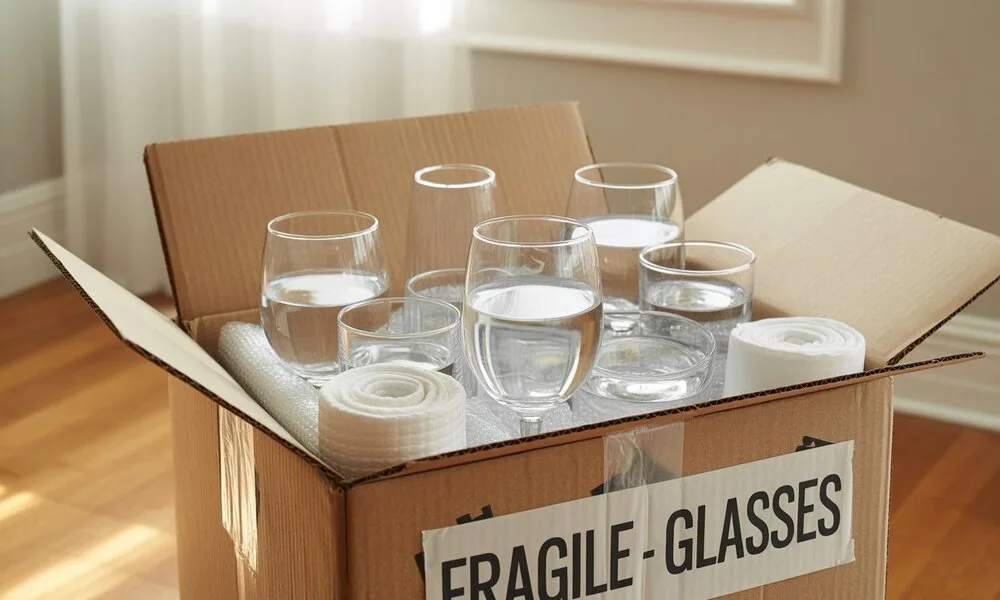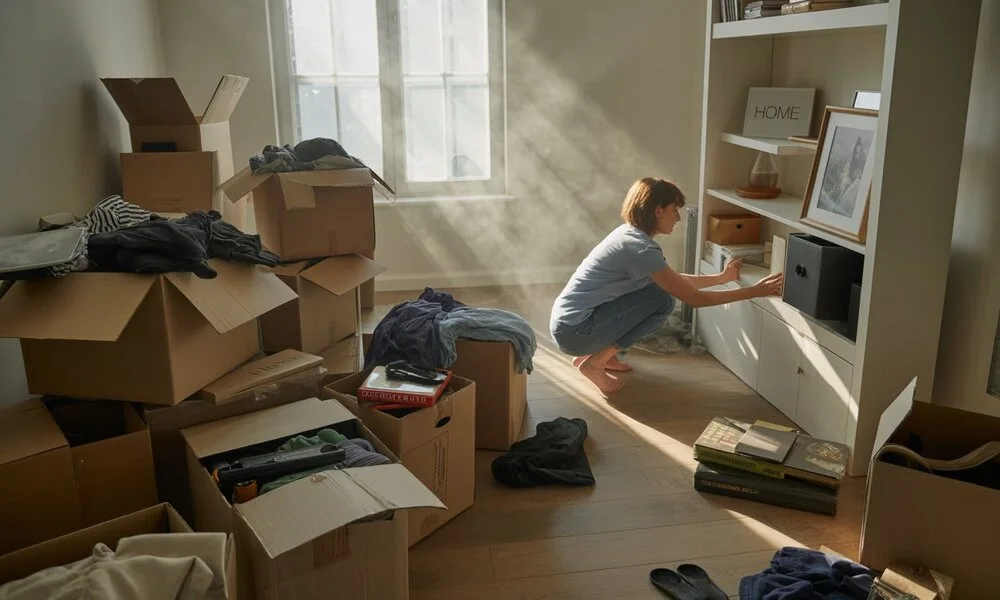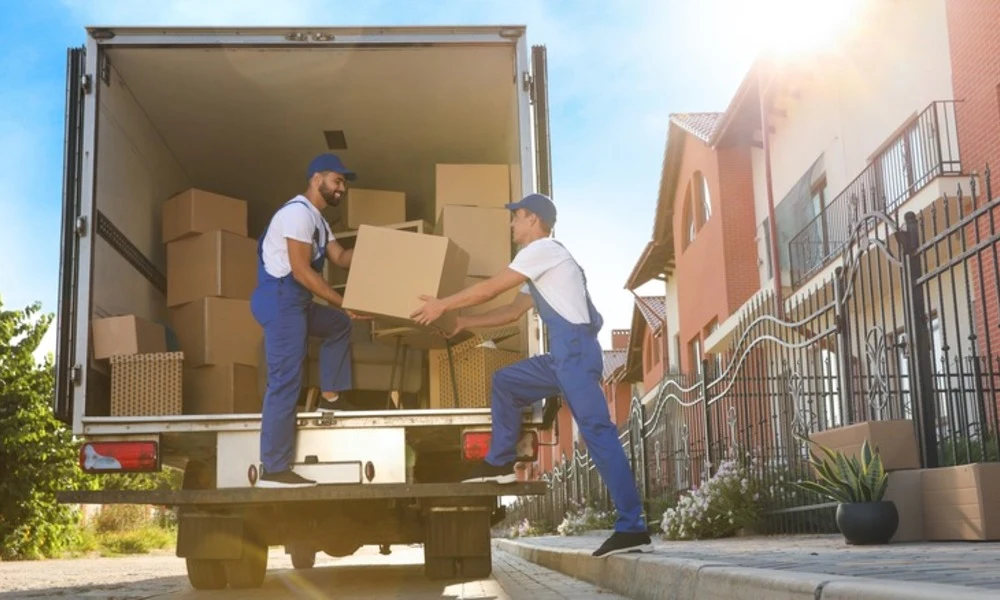How To Pack Plates To Move
How to pack plates to move the right way is one of the most important parts of getting ready for a safe and smooth move. Plates are fragile and can easily break if they’re not packed properly. Without the right care, they can get chipped, cracked, or even shattered during the move. That’s why taking a few simple steps to protect them can save you stress, time, and money. Whether you’re moving across town or to a new city, knowing how to pack your plates the correct way helps keep your kitchenware safe and your unpacking process much easier. Actions to Take Prior to Packing Plates for Transportation Before you start putting your plates into boxes for plates, it’s important to get everything ready to avoid any damage. Plates are fragile and can break easily during a move, so preparing the right way is key. Before packing your dishes for relocating, follow this easy list of steps: 1. Gather All the Right Supplies First, collect everything you’ll need to pack your plates safely. These include: Sturdy boxes (small to medium size are best for heavy items like plates) Bubble wrap or foam sheets for extra cushioning Packing paper or newspaper to wrap each plate Strong packing tape to seal the boxes Labels or markers to mark boxes as “FRAGILE” and note which room they belong to You may avoid last-minute stress and save time by having the appropriate items on hand. 2. Clean and Dry Your Plates Thoroughly Make sure your plates are clean and completely dry before packing. Any leftover moisture can lead to mold or damage, especially during long-distance moves. Wipe them down with a soft cloth after washing and let them air-dry if needed. 3. Set Up a Designated Packing Area Choose a spotless, level area to utilize as your packing station, such as a kitchen counter or dining table. Having a set space will help you stay organized and avoid breaking anything by accident. Lay out your supplies here for easy access. 4. Separate Fragile from Durable Items Sort your dishes before you start packing. Put your delicate plates—like glass or fine china—aside from sturdier ones like plastic or metal. This way, you can give more padding and attention to the breakable items and save time when packing the rest. 5. Consider Downsizing or Donating Unused Dishes Before wrapping every single plate, ask yourself if you really need them all. If you have extras or ones you don’t use often, now is a great time to donate them to a local charity or give them to a friend. On moving day, this will lighten the load and make packing simpler. You may read about How To Pack Glasses For Moving. 5 Easy Steps | How to Pack Plates to Move Plates are among the most delicate items to pack when moving. They can easily broken, chipped, or cracked if not properly cared for. That’s why it’s important to follow a step-by-step process that protects your dishes from damage. Here are 5 easy and effective steps to help you pack plates for a move safely and quickly. Step 1: Choose the Right Box Boxes for plates should be chosen carefully to keep your dishes safe during a move. Avoid using large boxes, as they can get too heavy and difficult to handle when filled. Instead, opt for small to medium-sized boxes for plates that are sturdy and double-walled, offering better protection against cracks and breakage. Pro tip: Reinforce the bottom of the box with extra packing tape. Use at least two to three layers of tape in a crisscross pattern to make sure the bottom stays strong during the move. Avoid using boxes that have been damaged or reused too many times—they might not hold up. This first step sets the foundation for safe packing and avoids accidents during loading or unloading. Step 2: Cushion the Bottom of the Box Before placing any plates inside, create a soft, padded layer at the bottom of the box. This layer acts like a shock absorber and helps prevent pressure cracks when the box is lifted or stacked. You can use: Crumpled packing paper Bubble wrap Foam sheets Even towels or dishcloths if you’re in a pinch Make sure the padding is thick enough (about 2–3 inches) to protect the first layer of plates. Step 3: Wrap Each Plate Individually This is the most important part. Never place bare plates directly into the box. Instead, wrap each one individually to protect against scratches and impacts. Wrap each plate in bubble wrap or packing paper. Start from one corner of the paper, place the plate in the middle, and fold over the corners until fully covered. For extra protection, wrap fragile plates twice. Once wrapped, stack plates in bundles of 4 to 5 max and place a sheet of packing paper between each plate in the bundle. Avoid over-packing the plates in one group—smaller stacks are more stable and safer. Step 4: Pack Plates Vertically When placing the wrapped plates in the box, do not lay them flat. Instead, stand them on their edge—like you would store vinyl records. This reduces pressure on the surface and makes them less likely to break. Place the plates upright in a row, side by side. Fill in any gaps with crumpled packing paper, dish towels, or foam inserts. This will prevent the plates from shifting around inside the box. Remember: A tight pack is a safe pack—but don’t overfill the box to the point where it’s bulging. Step 5: Seal and Label the Box Once all plates are packed and the top is padded with more cushioning material, it’s time to close, seal, and label the box. Use strong packing tape to secure the top of the box tightly. Clearly label the box as “FRAGILE – PLATES” using a bold marker. Write “This Side Up” on the top and sides of the box to guide movers or anyone handling the box. Proper labeling











